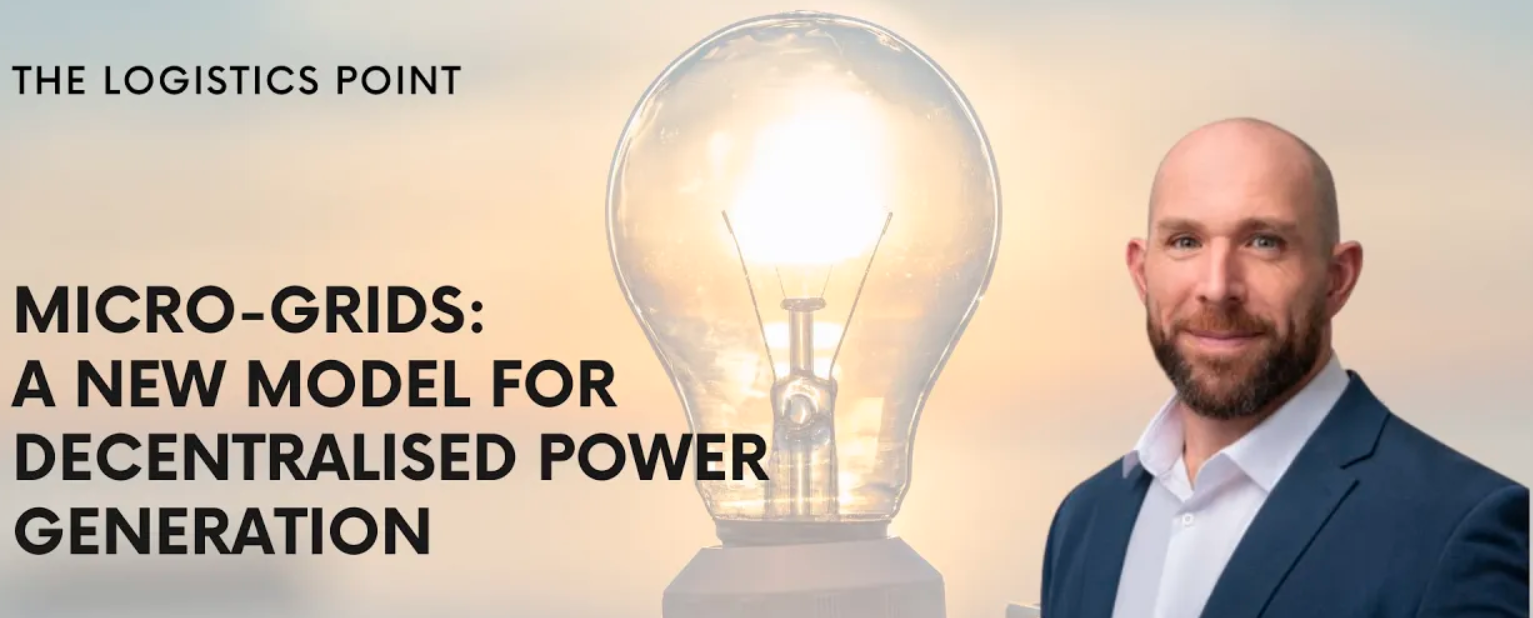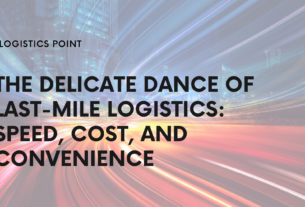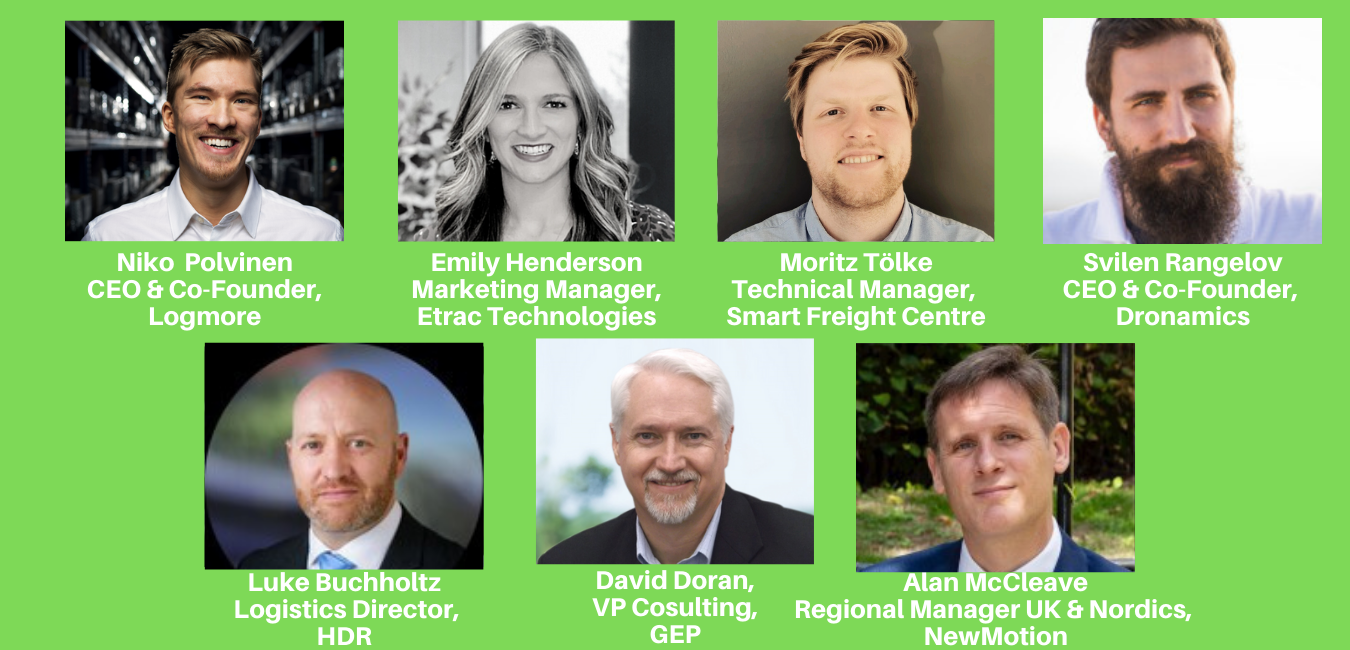Energy costs have skyrocketed and new solutions are needed. What will they look like? We speak to Rees Westley, Head of Utilities at Business Critical Solutions, about the emergence of micro-grids, decentralised power generation and the way distribution hubs will power themselves in the future. You can watch the full video interview below.

Rees, energy costs and power challenges have been in the news a lot recently. What are the implications for logistics and distribution hubs from these?
Looking holistically we are in a period of change at the moment. For the logistics and warehousing market, which is very similar to the data centres market where we also operate in, the geography is very important.
We can’t always move and have developments nearer the sources of power. Often there is a high demand from many customers for power in the same locations.
Networks are very constrained at the moment. There are problems accessing power and bringing power back into the networks.

What needs to change to improve the situation?
The way we are procuring power needs to fundamentally change. There isn’t an unlimited resource our there and we can expect to make applications and the power to just be there.
We would need to be less reliant on the DSOs and the local grid. DSOs are constrained because they can’t get power from the national grid, which is also in need of a significant upgrade at the moment. They are happening but not as quick as we would need them to. In areas like London, West Midlands, and the North of England, we are looking at significant upgrades that are needed to be able to move power around.
This affects not just the demand customers but also the generation companies which are having problems feeding the power into the network.
We would need to change our strategy and if we look at the Prime Minister’s strategy, it is looking at decentralising the power generation. So rather than a decentralised generation feeding into the national grid, we are looking at taking power directly from the source.
Heat can also be harvested by data centres, for example and be distributed to housing estates to free capacity along the rest of the network.
What would the first steps be for you when you want to secure as an organisation more energy to your facilities?
Solar is always a good option as logistics parks have extensive roofs. Because the sites are often out of the city, offshore wind should also be considered.
Companies can also look at battery storage strategies. Power can be stored when it is plentiful and used at times when it can’t be easily or cheaply generated.
Power that cannot be distributed by the grid, can be used to generate green hydrogen.
How decentralised is this going to be? Is each individual hub going to create its own power?
Local authorities and private investors are both very interested in this. When solar had high feeding tariffs, a number of developers invested in it. Some organisations are now looking to feed that power straight to where it is being used.
One of the biggest changes in the industry will be the introduction of independent transmission companies onto the market.
You can watch the full interview with Rees Westley, Head of Utilities at Business Critical Solutions, with more details about the future of power and how logistics centres are going to transform below. ✷



